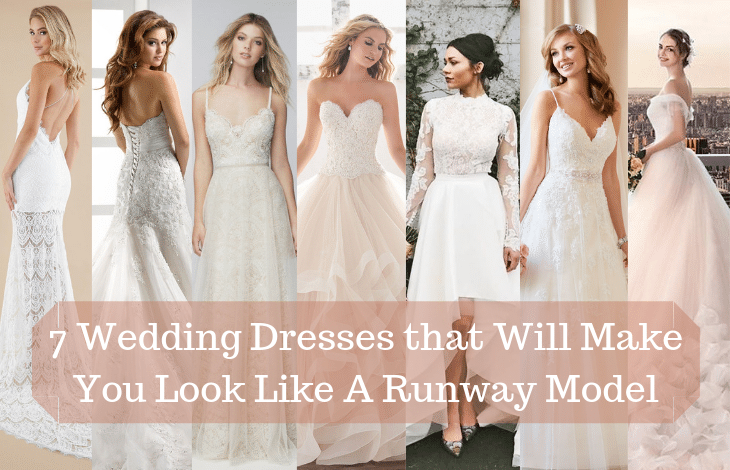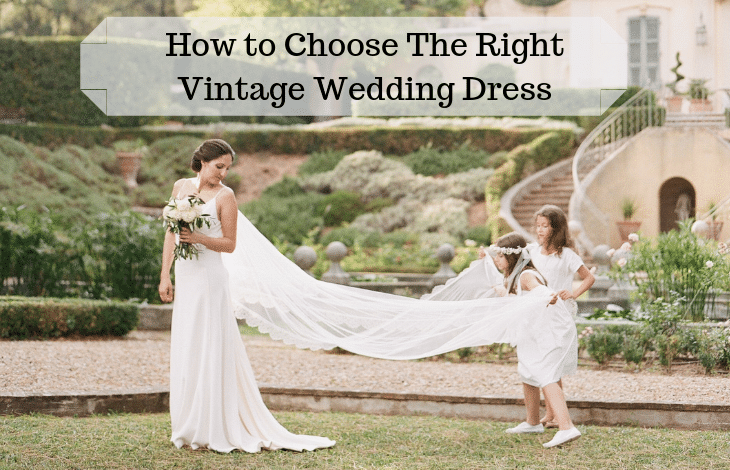
You might have heard that wedding dresses are white to represent virginity because, in many cultures, a bride was expected to keep her chastity intact until her wedding night. It’s a romantic idea, and it why many widows, divorcees, and single mums prefer not to wear white when they get married.
In reality, though, white dresses have little to do with purity. In fact, in the olden days, blue was more associated with the innocence of a bride. Until the 1960s and 70s, blue was considered a girl’s colour rather than pink. Hence perhaps the ‘something blue’ in that old wedding saying.
Not all traditional brides wear white. In many parts of Asia, the traditional bridal colour is actually red. It represents prosperity, good fortune, and for some, fertility. Wearing a red outfit on your wedding is, therefore, a sign of blessing and good luck. Red is still a preferred wedding colour for brides in India, Vietnam, Pakistan, and China. Japanese brides often wear white for nuptials and red for crucial ‘after party’ tea ceremonies.
Traditional brides from Native America did wear white, though it wasn’t about womanly naivety. Native American wedding dresses actually held a heavy dose of symbolism. A woman’s wedding dress would also be her burial shroud. She would be married in it … and buried in it … though hopefully she’d have many happy years between.
A Native American bride had her wedding dress woven by her husband-to-be, and he would be helped by the men of the village. Now that’s romantic. Their dresses were short, just grazing their knees, and the ensembles included a belt, three dresses or robes, leggings, moccasins, and a hair tie. Everything was wrapped in a reed mat made for that purpose. All the garments were white, and one of the dresses had red stripes at the top and bottom.
Back to Western brides, they didn’t always wear the kind of white designed by Mori Lee or Rebecca Ingram. Initially, they would wear bold colours and lavish fabrics that showed their status. Brides from ordinary families simply wore their best Sunday outfit. Scandinavian brides were often married in black.
The first Western bride recorded as wearing white was Princess Philippa. Another English bride followed suit when she married her French husband, Francis Dauphin. This bride, Mary Queen of Scots, may have been a bit of a rebel since the French considered white to be a funeral colour. Dauphin was Mary’s first husband.
It wasn’t until Queen Victoria wore a white wedding dress that the trend really caught on. From then on, brides didn’t just wear white. They also designed dresses in styles that matched hers. Even today, modern wedding dresses are heavily influenced by the Victorian era. We still wear floor length ball gowns and trains, in unknown homage that this queen.
Nowadays, wedding dresses can be worn in any style, but the progression was gradual. In the 1920s, wedding gowns were often hi-lows. They were short in the front and long in the back. These days, even though we’re open to minis, the long dress is still more popular.
Many brides seem to prefer bridal gear that is strapless or sleeveless. This works well for designers too, because shoulder-less dresses are easier to alter. Wedding dresses are intricate and complex. And though they usually come in preset sizes, brides do not. Designers are conscious of this, so many bridal collections lean towards the open top that is easier to tweak for bride’s individual measurements.
Today, a bride’s largest wedding expense is her dress. This tradition carried down from the very first weddings. Marriages were often prudent arrangements for business, politics, or convenience rather than love-based matches. In these situations, appearances were key, and an expensive bridal gown showed that your family or community was prosperous.
Although we largely marry for love in today’s world, we still invest a good amount of resources in wedding dresses. After all, it’s the happiest day in a woman’s life, so she deserves to go all out and be the belle of the ball. So whether you’re wearing white, blue, or yellow, treat yourself. It’s your day!





